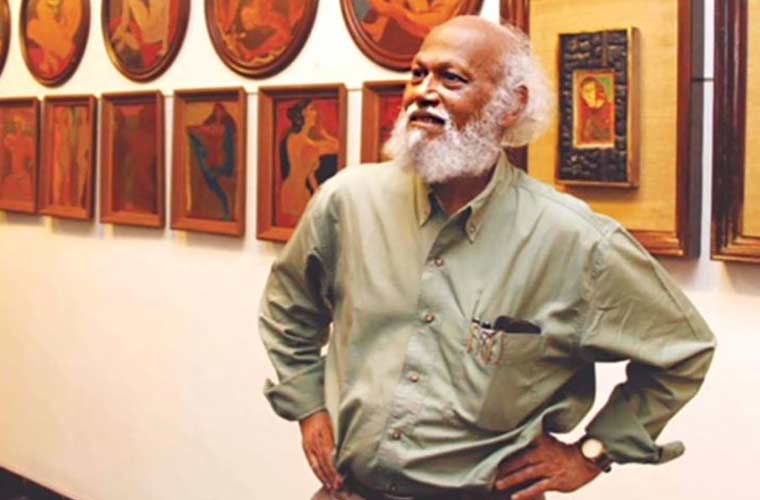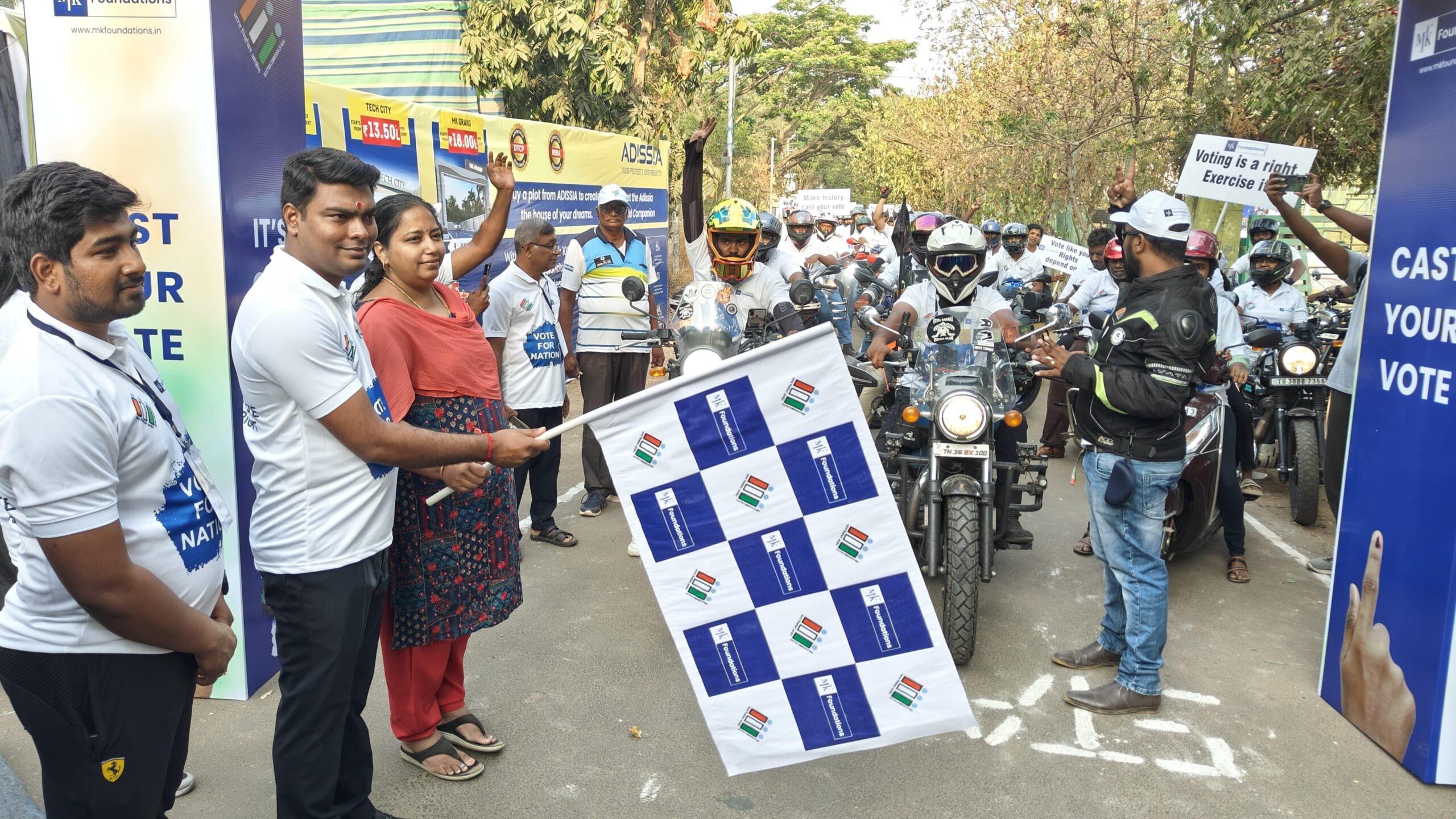Trending Now
- IPL 2024 begins with a bang. First contest between CSK and RCB.
- Election commission allots mike symbol to Naam Thamizhar Katchi
- AIADMK promises to urge for AIIMS in Coimbatore, in its election manifesto.
- Ponmudi becomes higher education minister.
Columns
‘I do my own thing’: Artist Jatin Das explains what makes his work so distinct
![]() October 12, 2017
October 12, 2017
After a hiatus of seven years, the prolific painter is holding a solo show in Mumbai.
When Jatin Das sketches the human figure, he does so without adornment. Though our commercialised society tells us that our bodies are a hanger for clothes or jewellery, you won’t find these in Das’s work.
“I don’t feel the figures need any embellishment,” Das said. “They’re doing their own thing.”
At 76, the renowned painter, muralist, poet, sculptor and collector of antiquities, is hosting his first solo exhibition in Mumbai after a hiatus of seven years. The show, titled Figures in Motion, which opened on October 4, features drawings, ink sketches, and oil and water colour paintings. The show primarily features works Das created after his last show in 2010, though there are some older pieces as well, said Tarana Khubchandani, the director of Art & Soul Gallery and an organiser of the show.
Das’s work is famously known for depicting the human form and its movement, but it is the underlying passion, energy and emotion that his viewers connect with. These figures are a result of years of observation of people and a tireless dedication to his craft.
“An intentional discontinuous approach in painting the human bodies creates multilayered narratives that are open to interpretation and draw the viewer into its folds,” said art critic and curator Nailini Malaviya.
But the men and women of his work are not meant to make you feel at home or to create a sense of familiarity, and that is intentional. When you look at his pieces, Das is not telling you what to see.
“People are comfortable if they look at something that is recognisable,” he said. “I don’t do any of [that].”
Malaviya noted that there was no need for Das to contextualise his work “because the paintings have this depth of emotion that affects the viewer”.
“There is a dynamic energy that is almost palpable in his figures, you can feel the emotional stress and the latent energy, which brings alive stories of existence, crises and complexities of relationships,” she said.
Born in Mayurbanj, Odisha, Das began practicing art as a child. He moved to Mumbai in his late teens to study at Sir JJ School of Art, where one of his teachers was SB Palsikar. In his decades-long career, he has shown his work across India and the world, from San Francisco to London. He has lived and worked in New Delhi for almost five decades, and in 2012, he was awarded the prestigious Padma Bushan. He is also the founder of the JD Centre of Art, which houses his personal collection of traditional arts and antiquities, including a massive collection of hand fans or pankhas.
“I do my own thing. I don’t follow anybody,” he said.
His drawings and paintings are characterised by rapid brushstrokes, which together create the gentle curve of an outstretched hand, or two women with their legs raised in unison, or a figure in mid-leap.
One arc this way, another that way, “and you’ve got a dancing figure,” Khubchandani said. “For me, I see figures frozen in time.”
These sketches “have their own life,” Das said. In interviews, he has balked at the use of words like inspiration or creativity, but there is an energy in his work that comes from traditional art. For example, he notes that while sculptures in temples have a suggestion of jewellery or ornate details, they are mostly bare.
Take the oil painting, On My Shoulder, from 2015. Amidst a vibrant background, two figures are depicted in dull, neutral colours. While one leans crouched forward, his back curved and head lowered, the other stretches a leg over his head and places a supporting hand on the lower figure’s shoulder. Though we do not know the story of these characters, Das has undeniably captured a fleeting moment in time.
The lack of embellishment also suggests that Das is not attempting to replicate an image in his mind. “Something is just flowing from him,” Khubchandani said. “It’s a very unconscious act.”
Figures in Motion was put together in about a month and will run till October 16. For Das, however, exhibiting his work is not interesting anymore – it is an exhausting endeavour that requires the undivided attention of the artist who is known for being highly meticulous. His lack of enthusiasm may also stem from unsettling incidents in his life, such as the loss (and eventual recovery) of a commissioned painting belonging to Air India or the whitewashing of two murals he created at Birla Krida Kendra in Chowpatty, Mumbai.
Despite his reservations though, Das will be hosting another much larger show next month at the Lalit Kala Akademi in New Delhi, featuring hundreds of his portraits.
The prolific artist’s work is often born out of a sudden compulsion to create a painting or drawing. Khubchandani, who has known the artist since 2006, described situations where the two would be sitting together or amid conversation, when Das would quickly leave because he needed to work on his art.
In helping to create Figures in Motion, Khubchandani was eager to present a range of the artist’s work after the long break from his previous show in 2010. “He’s got a tremendous amount of work and that’s a huge responsibility,” she said. “I’m just bringing a little morsel out from the entire platter for the people of Bombay”






















